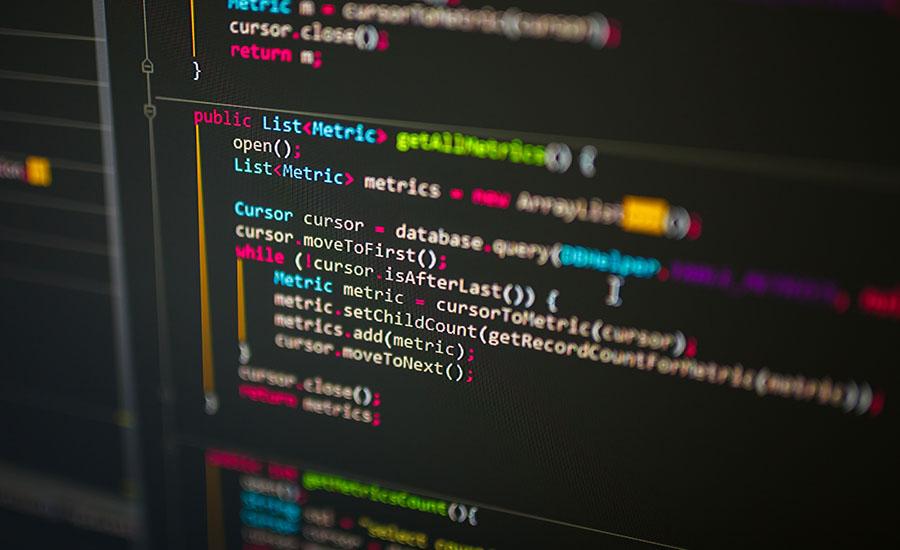
Learning How Pumpkins Grow using Coding
by Marguerite Samples
Just like many things we do in our lives, pumpkin growth and coding follow a pattern. Students will learn the life cycle of a pumpkin and fill in a practice page that talks about the pumpkin's life cycle.
Then there are coding (unplugged) activities to reinforce the science of the life cycle. This is a great lesson to introduce sequencing that is found in many content areas.
Lesson Plan Link/URL
https://docs.google.com/presentation/d/1U2lS2cRDpH7N-_n11vSVr2Yq7LIRK_Wz/edit?u…Subject Area
Science Life Science L1: Cells Technology 5. Computational Thinker Engineering S2: Apply the Engineering Design Process S4: Apply Science to Engineering S5: Apply Technology to Engineering English Language Arts (ELA) Reading (Literature) Writing
Featured
Off
Related Content

Grades:
7th Grade
The purpose of this project is to provide students with a hands-on learning experience that combines the study of human body systems with engineering principles. By investigating the interaction

Grades:
3rd Grade, 4th Grade, 5th Grade, 6th Grade, 7th Grade, 8th Grade, 9th Grade
An overall view of mining, minerals, and their role in our everyday life. This lesson compares the past, present and future of mining and it's relativity to sustaining our way of life.

Grades:
3rd Grade
In this engaging 1.5-hour lesson, 3rd-grade students will combine Science, Technology, and English Language Arts (ELA) to create a virtual garden using Code.org. Students will learn the basics of